Bread infusion is the most economical of the folk ways of feeding the crop. It helps to improve the fertility of the bushes without harmful chemicals, and complex ingredients are not needed for its preparation. Raw materials for infusion can be accumulated during the cold season, if you do not throw out the rest of the bread, and leave it to dry in a place without excess moisture.
Content
Operating principle
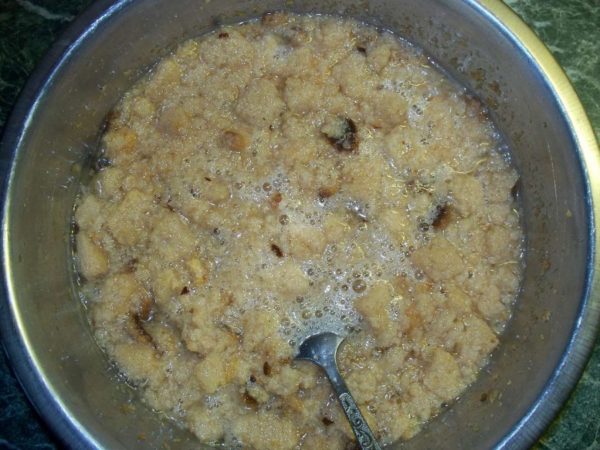
Feeding cucumbers bread infusion works on previously prepared soil. It must be fertilized with organics to avoid a deficiency of nutrients. When the raw material is soaked in water, bacteria actively begin to multiply in it. They will actively absorb all trace elements from the soil, so cucumbers may not be enough. If it gets into the ground, the fungal yeast begins to destroy all the excess that remains of the previous crops and fertilizers: husk, grass, traces of organic materials.
As a result, the soil is enriched with decay products, stimulating the enhanced development and strengthening of plant roots. When yeast enters the soil, they begin to actively release carbon dioxide, which plants need for healthy growth. After some time, on average - 2-3 days, the substances reach the root system. This leads to rapid growth of leaves and improve the condition of cucumbers. Metabolism is normalized, fruit growth and development are accelerated, the crop becomes more plentiful and comes several days earlier. Such leaven helps to catch up with lagging plants, stretching even weak and poorly growing plantings.
This method of fertilizer has its advantages:
- increase in the number of fruits;
- a decrease in the number of empty flowers and cucumbers hollow inside;
- shortening the growing season by several days;
- restoration of weak, poorly growing crops;
- acceleration of the breakdown of nutrients entering the soil with fertilizers;
- improving plant metabolism;
- activation of microflora, useful for plants;
- safety for humans.
The disadvantage is the fact that bacteria from the starter culture actively destroy nutrients from the soil, which can provoke a deficiency of elements on poor soil. You can deal with this and prevent the problem with fertilizers. Also, with too frequent watering in combination with bread complementary foods, the acidity of the soil increases.
Cooking infusion
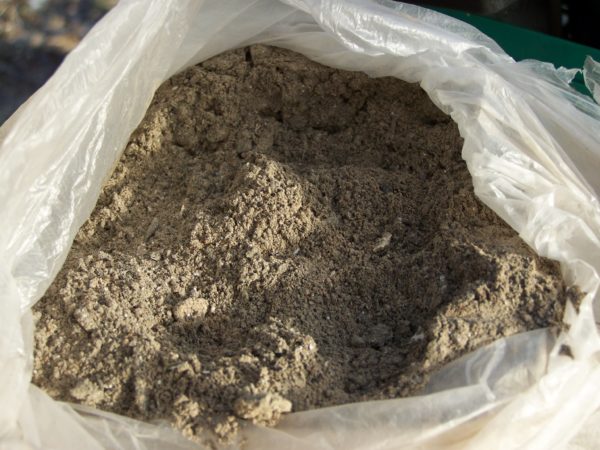
Fertilizer from bread can be prepared in many ways. You need to choose depending on the condition of the soil and crops. The traditional recipe is universal, it is suitable for any occasion. Infusions with the addition of ash, weeds or iodine will be useful for additional fertilizing the soil.
Traditional recipe
Bread dressing for cucumbers is prepared simply. For its preparation, dried pieces of black or gray bread will be required: coarser flour is used for them. However, a few slices of white bread will not harm the fertilizer. If mold forms on the crusts, put them in a separate bucket. Then follow the simple instructions:
- Pour crushed crumbs with warm tap water.
- Stir the mixture, squeeze something heavy and set aside. During fermentation, the leaven can exude an unpleasant odor.
- Leave the mixture to infuse in a greenhouse or barn for three days.
- The infusion will be ready as soon as a white foam forms on the surface. She demonstrates the fermentation process that began in the sourdough.
Feeding according to a traditional recipe can be combined with herbal infusions to obtain a complex effect. A decoction of weeds, mullein, clover and other useful plants is suitable.
Bread and Ash
Another version of the infusion, more nutritious and suitable for feeding during flowering. It begins to be applied every two weeks immediately after the appearance of the first inflorescences and is completed only after the harvest. For cooking, you need a large capacity, with a volume of at least 100 liters. The bottom is covered with 4 kilograms of fresh chopped weeds. Then one and a half kilograms of breadcrumbs crumbs and 200-300 grams of ash are added. The whole mass must be mixed and soaked. But do not pour too much water. It is important to leave about a quarter of the free space. All insist for a week. The concentrated infusion is diluted with water 1 to 5 and watered with the resulting plant solution.
Black bread dressing with iodine
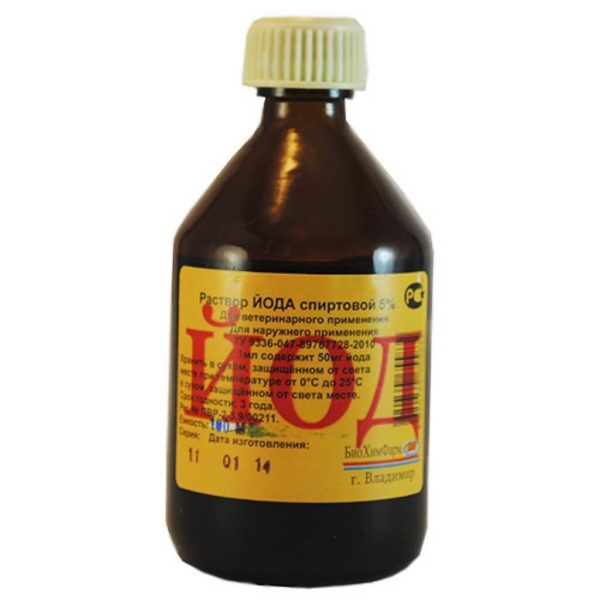
This fertilizer is well suited for cucumbers in greenhouses. It is important to observe the proportions, otherwise you can burn iodine roots and leaves of the plant. For the solution you will need dried black bread - 1 loaf, 30 ml of iodine and 15 liters of water. Breadcrumbs are soaked in water overnight. Then iodine is added and the mass is mixed until a uniform texture is obtained. The resulting mixture is filtered and used for root dressing and disinfection of crops. It is better to use with a spray bottle, spraying cucumbers.
Nettle sourdough
This infusion is more nutritious. Made from nettle, yeast and bread. A spacious container must be filled with nettles by two-thirds, add crushed bread, yeast. Pour the remaining space with room temperature water. Leave to insist for a week. Dilute the resulting concentrate with water in a ratio of 1 to 8. Fertilize under the root by pouring a liter of solution under each bush.
How to feed cucumbers with bread infusion
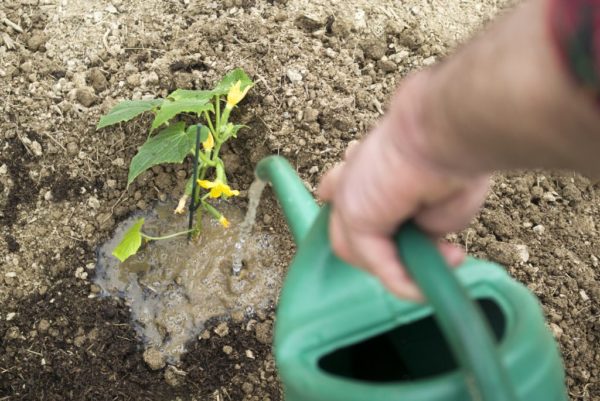
All starter cultures must be filtered and diluted slightly with clean, warm water before use. You can water the plants with the infusion using a watering can with a long nose. It is better to bring fertilizer to the very roots of the seedling. Each bush will take 0.5 liters of liquid.
Strain the mixture with soaked bread crumbs so as not to contaminate the beds. The infusion should not be cold, the optimum temperature is 30 ° C. Try not to get liquid on the green part of the plant. On average, cucumbers are fed 4 times per season, carrying out the procedure at different stages of growth. The first time the seedlings are watered even before planting in the soil, after the third pair of leaves appears. The second stage: during the formation of inflorescences. For the third and fourth time, cucumbers are watered with fertilizer during the appearance of the fruit and during the harvest.
You can combine sourdough with other fertilizers, mineral complexes. They help make up for the lack of potassium and calcium, which are actively absorbed by bacteria. Bone meal, wood ash, egg shells, crushed into small crumbs are well suited. Deficiency of potassium with calcium leads to deformation of the fruit, weak stems, the formation of bitterness in cucumbers.When planting in a greenhouse, the earth must be fertilized with organic matter. For this, bird droppings diluted with clean water in a ratio of 1 to 15 are suitable.The resulting mixture is abundantly watered, and after a few days, loosen to saturate with air. It is important to observe crop rotation and not to plant cucumbers in the same place several times in a row. If the soil is rested, rich in substances, then bread feeding will not harm it and increase productivity.
Watering Dates
If the temperature is below 15 ° C, the process of nutrient absorption is difficult. Therefore, you need to fertilize cucumbers after planting in warm soil, previously warmed up. In a greenhouse with heating, this can be done all year round, and on open ground - only in the warm season.
Usually, top dressing begins in the spring, during seedling cultivation. Therefore, you need to prepare the liquid for nutrient irrigation in advance. Seeds are watered with leaven two weeks after germination. Do not fertilize plants more than once every 12 days. Given that the average growth cycle of cucumbers takes 40 days, you get just 4 waterings per season. In the open air, you can apply bread fertilizer when the earth warms up to 20 ° C. Before spraying or watering, the soil must be properly moistened and loosened to give the roots access to air. In the greenhouse before this, the room must not only be watered, but also ventilated.
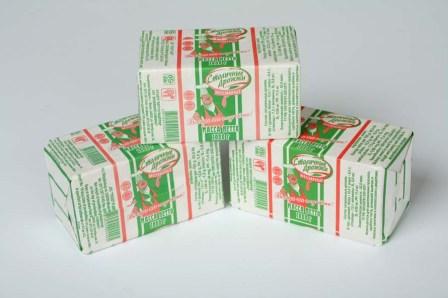 You may be interested in:
You may be interested in:Reviews
Ilona, 34
For feeding, I advise everyone to make a green infusion with bread, ash, chopped finely grass. Cucumbers grow quickly and vigorously, the soil retains its nutritional properties. In the greenhouse, be sure to ventilate the room and water the plants before applying the solution.
Zahar, 56
If you want to increase the yield, hurry to feed the cucumbers with a useful infusion. Bread sourdough is cheap and easy to prepare, but it works very effectively. I prepare it in advance from the crusts and crackers that have accumulated over the winter. It is best to use brown bread. I dilute the complementary foods with mineral fertilizers, and in the cold, additionally mulch the soil for heating.
Philip, 48
I love bread infusion for its availability. Prepared from waste, it turns out very environmentally friendly. I put the remains of strained yeast into compost so that production is completely waste-free. Cucumbers bear fruit better, and it turns out to harvest a couple of days earlier.
Sourdough bread is a useful addition to a complex of fertilizers. By itself, it will not give an impressive result, but in combination with mineral fertilizers it will accelerate the development of plants and increase the number of fruits. Folk cooking recipes involve the use of greens, bone meal, ash. This compensates for the lack of nutrients in the soil and makes the fertilizer even more effective.

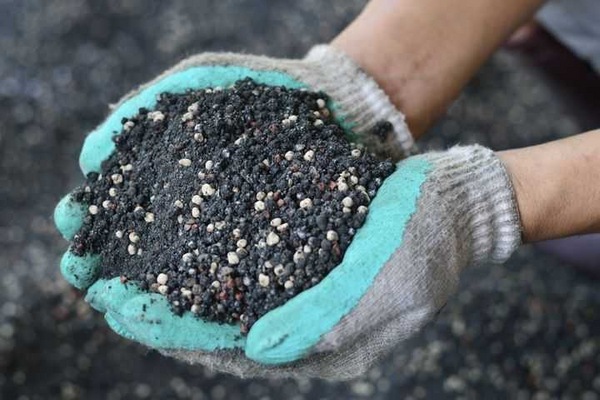
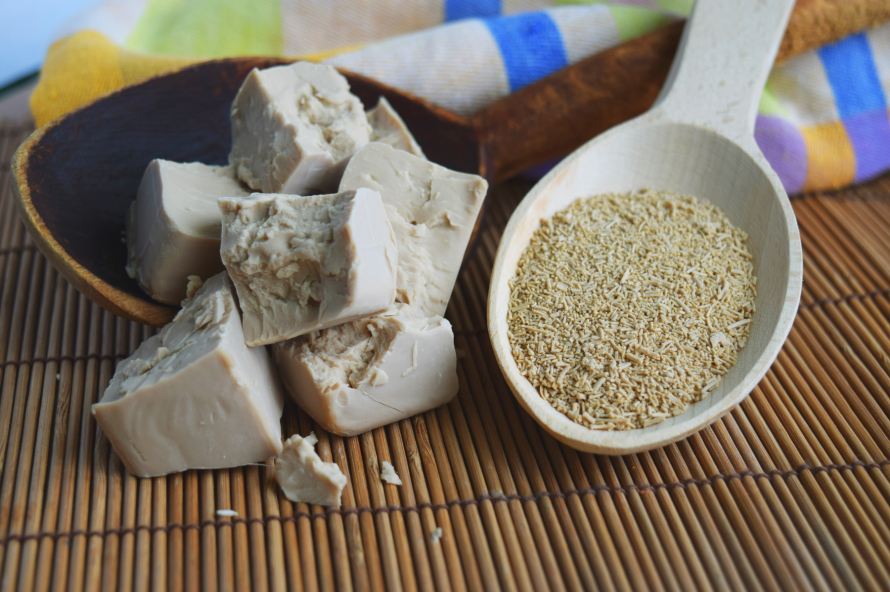
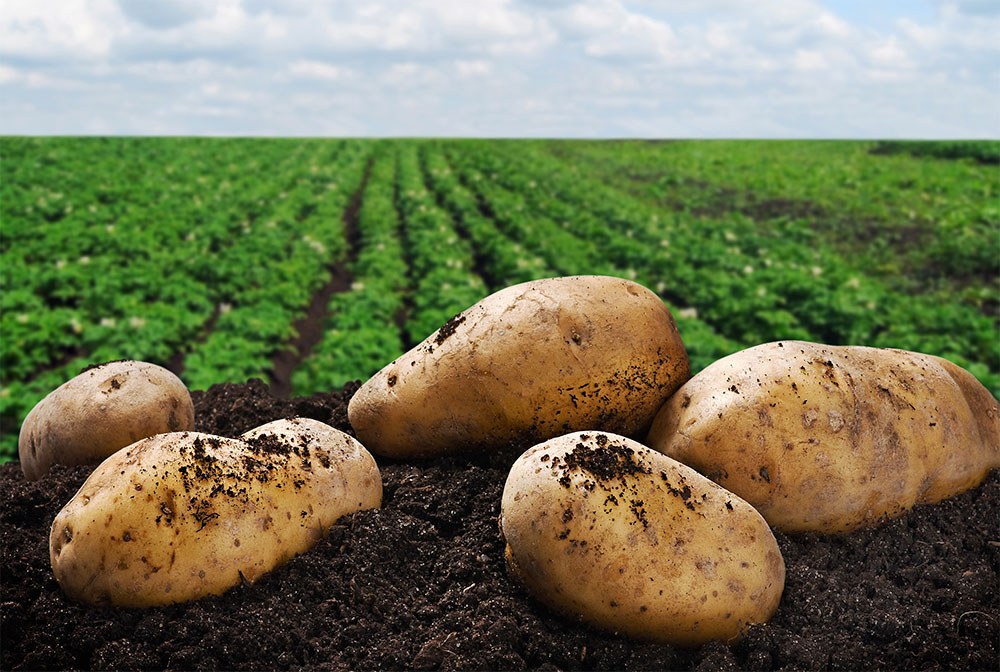
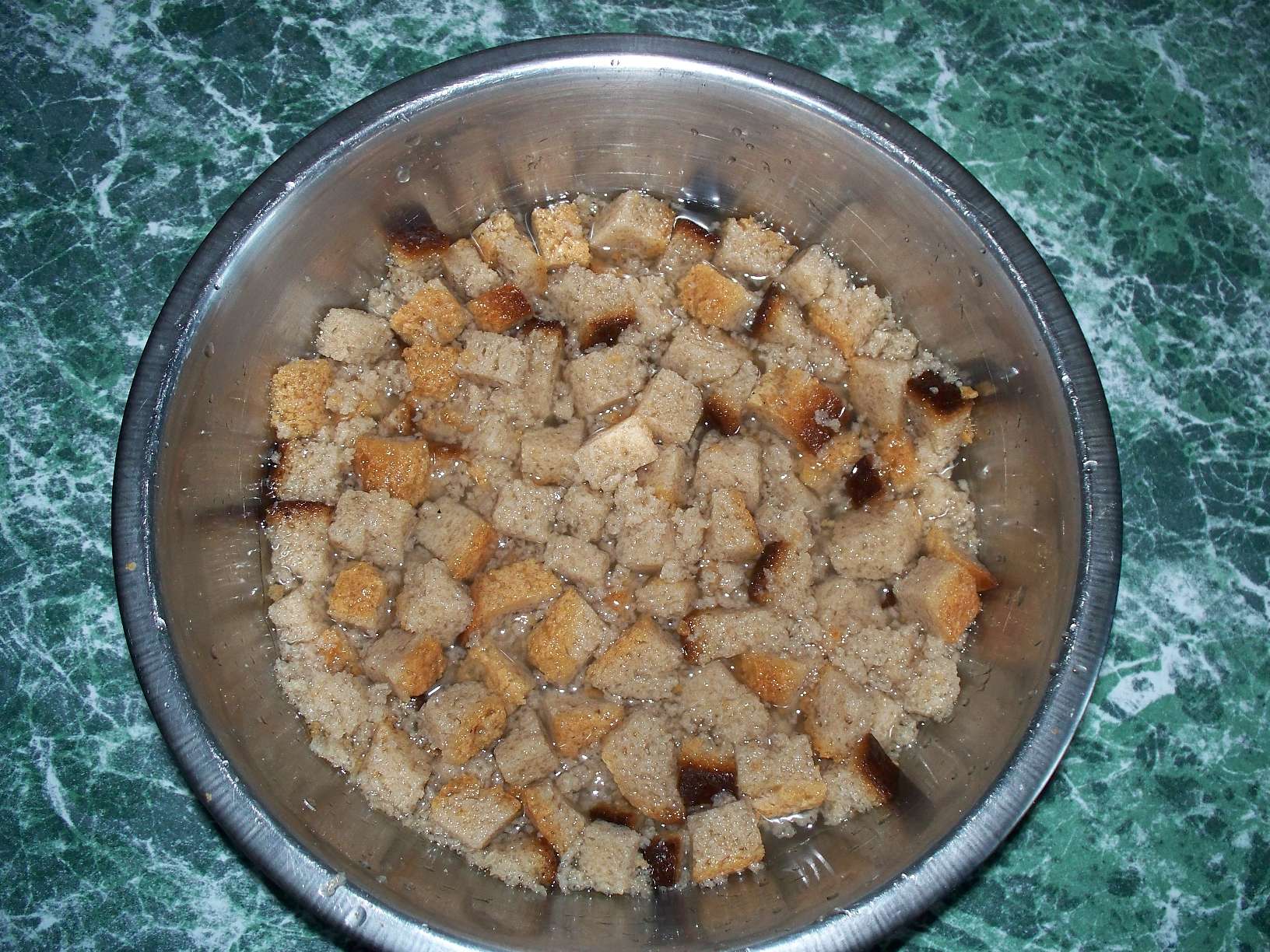 How to make bread infusion for feeding cucumbers
How to make bread infusion for feeding cucumbers Superphosphate: what is it and how to apply it
Superphosphate: what is it and how to apply it What problems can be expected from siderats?
What problems can be expected from siderats? Secrets of the collection, storage and use of eggshells in the garden
Secrets of the collection, storage and use of eggshells in the garden